The Southern Vietnam itinerary is a journey into vibrant contrasts: historical cities, the Mekong Delta, and island escapes. Whether you’re a first-time traveler or a returning explorer, a two-week itinerary gives you enough time to soak in its culture, cuisine, and natural beauty without feeling rushed. Let this guide help you explore the best of the Southern Vietnam itinerary in a well-paced and enriching way.
Why Choose A Southern Vietnam Itinerary?
Overview of Southern Vietnam Itinerary
 Southern Vietnam Itinerary offers a dynamic travel experience, blending nature, history, and urban culture. It’s where you can hop from skyscrapers to beautiful beaches, rice paddies, and quiet fishing villages. Historically, the region was part of the former Champa Kingdom before gradually being incorporated into Đại Việt during the southward expansion. Today, it encompasses major economic and cultural centers like Ho Chi Minh City, the Mekong Delta, and the southern coastal cities and islands.
Southern Vietnam Itinerary offers a dynamic travel experience, blending nature, history, and urban culture. It’s where you can hop from skyscrapers to beautiful beaches, rice paddies, and quiet fishing villages. Historically, the region was part of the former Champa Kingdom before gradually being incorporated into Đại Việt during the southward expansion. Today, it encompasses major economic and cultural centers like Ho Chi Minh City, the Mekong Delta, and the southern coastal cities and islands.
Beautiful Geography in the Southern Vietnam Itinerary
 The coastline of Southern Vietnam is ideal for beach lovers, with pristine shores stretching from Da Nang to Nha Trang and Vung Tau. Inland, you’ll find pine-covered hills, flower gardens, and colonial villas in Da Lat, a city with a climate that feels worlds apart from the tropical heat. In the far south, the Mekong Delta offers a slow and immersive look into rural life with floating markets, riverside villages, and traditional crafts. Meanwhile, Ho Chi Minh City serves as a gateway to it all, with a chaotic charm that somehow brings everything together.
The coastline of Southern Vietnam is ideal for beach lovers, with pristine shores stretching from Da Nang to Nha Trang and Vung Tau. Inland, you’ll find pine-covered hills, flower gardens, and colonial villas in Da Lat, a city with a climate that feels worlds apart from the tropical heat. In the far south, the Mekong Delta offers a slow and immersive look into rural life with floating markets, riverside villages, and traditional crafts. Meanwhile, Ho Chi Minh City serves as a gateway to it all, with a chaotic charm that somehow brings everything together.
Historical Significance in the Southern Vietnam Itinerary
 Southern Vietnam has a rich and layered history shaped by diverse civilizations and dramatic events. For centuries, it was part of the Kingdom of Champa before gradually coming under the influence of the Vietnamese from the north. In the 19th century, it became part of French Indochina, and the effect is still visible in cities like Ho Chi Minh City (formerly Saigon).
During the 20th century, Southern Vietnam was at the heart of the Vietnam War, serving as the capital of the U.S.-backed Republic of Vietnam until the fall of Saigon in 1975. Sites like the Cu Chi Tunnels and War Remnants Museum offer insight into the country’s past, while temples and pagodas reflect its spiritual life.
Southern Vietnam has a rich and layered history shaped by diverse civilizations and dramatic events. For centuries, it was part of the Kingdom of Champa before gradually coming under the influence of the Vietnamese from the north. In the 19th century, it became part of French Indochina, and the effect is still visible in cities like Ho Chi Minh City (formerly Saigon).
During the 20th century, Southern Vietnam was at the heart of the Vietnam War, serving as the capital of the U.S.-backed Republic of Vietnam until the fall of Saigon in 1975. Sites like the Cu Chi Tunnels and War Remnants Museum offer insight into the country’s past, while temples and pagodas reflect its spiritual life.
Cultural Richness of the Southern Vietnam Itinerary
 The culture of Southern Vietnam is warm, open, and distinctly relaxed compared to other regions. Influenced by Khmer, Cham, Chinese, and French traditions, the south boasts a rich cultural diversity, especially in the Mekong Delta, where different ethnic communities live in harmony. Southern Vietnamese are known for their friendliness and laid-back approach to life, which is reflected in everything from their easygoing accent to their generous hospitality. Spirituality also plays an important role in a Southern Vietnam itinerary – temples, pagodas, and ancestor altars are commonly seen across the region.
The culture of Southern Vietnam is warm, open, and distinctly relaxed compared to other regions. Influenced by Khmer, Cham, Chinese, and French traditions, the south boasts a rich cultural diversity, especially in the Mekong Delta, where different ethnic communities live in harmony. Southern Vietnamese are known for their friendliness and laid-back approach to life, which is reflected in everything from their easygoing accent to their generous hospitality. Spirituality also plays an important role in a Southern Vietnam itinerary – temples, pagodas, and ancestor altars are commonly seen across the region.
Cuisines of Southern Vietnam
 Southern Vietnamese cuisine is bold, sweet, and bursting with fresh herbs and tropical ingredients. Due to the region’s warm climate and fertile land, dishes often include coconuts, pineapples, seafood, and a vibrant mix of vegetables. Signature dishes include hu tieu (clear rice noodle soup), com tam (broken rice with grilled pork), and banh xeo (crispy rice pancakes filled with shrimp and bean sprouts). Street food stalls offer everything from grilled meats on skewers to freshly made sugarcane juice. In the Mekong Delta, you’ll also find specialties like elephant ear fish and caramelized clay-pot dishes flavored with coconut juice.
Southern Vietnamese cuisine is bold, sweet, and bursting with fresh herbs and tropical ingredients. Due to the region’s warm climate and fertile land, dishes often include coconuts, pineapples, seafood, and a vibrant mix of vegetables. Signature dishes include hu tieu (clear rice noodle soup), com tam (broken rice with grilled pork), and banh xeo (crispy rice pancakes filled with shrimp and bean sprouts). Street food stalls offer everything from grilled meats on skewers to freshly made sugarcane juice. In the Mekong Delta, you’ll also find specialties like elephant ear fish and caramelized clay-pot dishes flavored with coconut juice.
Must-Visit Attractions in A Southern Vietnam Itinerary
 Southern Vietnam is full of must-visit attractions that suit every traveler. In Ho Chi Minh City, iconic sites like the War Remnants Museum, Notre-Dame Cathedral Basilica, and the Cu Chi Tunnels provide a deep dive into Vietnam’s history. For a more authentic pace, the Mekong Delta offers boat rides through coconut-shaded canals, floating markets like Cai Rang, and peaceful countryside views. Further south, Phu Quoc Island promises palm-fringed beaches, snorkeling, and sunset seafood dinners.
Southern Vietnam is full of must-visit attractions that suit every traveler. In Ho Chi Minh City, iconic sites like the War Remnants Museum, Notre-Dame Cathedral Basilica, and the Cu Chi Tunnels provide a deep dive into Vietnam’s history. For a more authentic pace, the Mekong Delta offers boat rides through coconut-shaded canals, floating markets like Cai Rang, and peaceful countryside views. Further south, Phu Quoc Island promises palm-fringed beaches, snorkeling, and sunset seafood dinners.
Suggested 2 weeks Southern Vietnam Itinerary
 Day 1: Arrival in Da Nang
Day 1: Arrival in Da Nang
- Arrive at Da Nang International Airport and check in at your hotel.
- Start your adventure by taking a dive at My Khe Beach, then head to the Marble Mountains and serene Linh Ung Pagoda on the Son Tra Peninsula.
- If time allows, stop by the Cham Museum or unwind at a local coffee shop.
- As the sun sets, stroll along Dragon Bridge and have a seafood dinner by the river.
Day 2: Explore Hoi An
- Travel to Hoi An Ancient Town and explore the Japanese Covered Bridge, charming old shophouses, and temples like Quan Cong and Chuc Thanh Pagoda.
- Get creative at a lantern-making workshop, then sample local delicacies such as Cao Lau and Banh Mi.
- Enjoy a peaceful sunset cruise on the Thu Bon River, complete with floating lanterns.
- Optional: Get custom clothes tailored or cycle through the countryside and beaches.
Day 3: Move on to Hue
- Journey to Hue via the stunning Hai Van Pass and pausing at Lang Co Beach en route.
- Step into history at the Imperial Citadel, a UNESCO World Heritage site.
- Visit the iconic Thien Mu Pagoda and the royal tombs of Khai Dinh or Tu Duc.
- In the evening, opt for a folk music cruise on the Perfume River or browse the lively local night market.
Day 4: Visit the beaches at Nha Trang
- Transfer to Nha Trang in the morning and unwind on its golden beach.
- Relish a beachfront seafood lunch, then take the cable car to Vinpearl Land for aquariums, rides, and entertainment.
- Wrap up your day with a beach stroll and local eats.
Day 5: Explore Nha Trang
- Visit the Po Nagar Cham Towers and the Nha Trang Cathedral.
- Spend your afternoon jet-skiing, snorkeling, or parasailing.
- Relax with a Vietnamese spa massage before dinner.
Day 6: Escape to Da Lat
- Take a scenic drive to Da Lat, stopping midway for lunch with local flavors.
- Arrive in the “City of Eternal Spring” and soak in its cool mountain air and floral charm.
- Visit Xuan Huong Lake and shop for strawberries and souvenirs at Da Lat Market.
- End the day in a cozy café, sipping Da Lat coffee.
Day 7: From Da Lat to Ho Chi Minh City
- Leave Da Lat behind and descend through picturesque landscapes.
- Sample roadside Banh Mi, Pho, and fresh spring rolls.
- Arrive in Ho Chi Minh City (Saigon), where colonial architecture meets modern hustle.
- Try local craft beer and explore the city’s dynamic nightlife.
Day 8: Explore Ho Chi Minh City
- Start at the War Remnants Museum for a glimpse into Vietnam’s past.
- Continue to Notre Dame Cathedral, the Central Post Office, and the Reunification Palace.
- Shop and snack your way through Ben Thanh Food Market.
- In the afternoon, join a cooking class or sip egg coffee at a rooftop café.
- Enjoy a sunset cruise on the Saigon River or a walk down Nguyen Hue Street.
Day 9: Day Trip to Cu Chi Tunnels or Cao Dai Temple
- On this day, you can choose between two unforgettable experiences:
- Crawl through the historic Cu Chi Tunnels, a wartime underground network.
- Visit the vibrant Cao Dai Temple in Tay Ninh for a glimpse into a unique religion.
- Then, return to HCMC for dinner, try Com Tam (broken rice) and street snacks.
- Optional: Catch a water puppet show or explore the Ho Chi Minh City nightlife.
Day 10: Boat the Mekong Delta
- Embark on a full-day tour to Ben Tre or My Tho in the Mekong Delta.
- Glide through coconut palm canals by boat, visit candy and handicraft workshops, and savor a traditional lunch featuring elephant ear fish and tropical fruits.
- Cycle or ride a tuk-tuk through tranquil villages before returning to the city.
If you want to explore the Mekong Delta further, check out everything in our Mekong Delta Guide!
Day 11: Explore Ba Ria – Vung Tau
- Head to the coastal city of Vung Tau for a relaxing day trip.
- Climb up to the Christ the King Statue for panoramic views, then visit the Vung Tau Lighthouse.
- Unwind at Front Beach or Back Beach, explore the historic White Palace, and visit the spiritual Whale Temple.
- Enjoy a fresh seafood dinner by the sea.
Day 12: Move to Can Tho
Day 13: Phu Quoc – Island Paradise
- Fly or ferry to Phu Quoc Island from Can Tho.
- Relax at Starfish Beach, then you can tour a pepper farm or a Phu Quoc fish sauce factory
- Visit Suoi Tranh Waterfall.
- If you have time, ride the Phu Quoc cable car for sweeping island views.
Day 14: Departure from Ho Chi Minh City
- Return to Ho Chi Minh City in the morning.
- Squeeze in some last-minute shopping or a relaxing spa treatment.
- Sip one last Vietnamese iced coffee, slurp down a steaming bowl of pho, and catch your flight from Tan Son Nhat International Airport.
Don’t have enough time? Find out some other alternatives to your southern Vietnam tour here.
Travel Tips on Your Southern Vietnam Itinerary

How do you travel on a Southern Vietnam itinerary?
Traveling from Central to Southern Vietnam is easy with a combination of flights, trains, and buses. The most convenient way to begin this itinerary is by flying into Da Nang International Airport and ending your journey at Tan Son Nhat International Airport in Ho Chi Minh City or vice versa. Domestic flights between major cities like Da Nang, Nha Trang, Da Lat, and Ho Chi Minh are frequent and affordable. For shorter distances, taxis, private transfers, trains, and sleeper buses offer comfort and flexibility.
When to go on a Southern Vietnam itinerary?
 The best time to visit Southern Vietnam is from December to April, when the weather is dry and warm, especially perfect for outdoor adventures like hiking in Da Lat or boating in the Mekong Delta. If you cannot plan your trip during the dry season, the rainy season of central and southern Vietnam runs from May to November, but the rains are usually short and shouldn’t drastically affect your trip.
The best time to visit Southern Vietnam is from December to April, when the weather is dry and warm, especially perfect for outdoor adventures like hiking in Da Lat or boating in the Mekong Delta. If you cannot plan your trip during the dry season, the rainy season of central and southern Vietnam runs from May to November, but the rains are usually short and shouldn’t drastically affect your trip.
What to prepare for a Southern Vietnam Itinerary?
When packing for this trip, you should bring lightweight clothing that is suitable for the tropical climate. For cooler evenings like in Dalat, a light jacket is advisable. Sunscreen, mosquito repellent, and reusable water bottles are essential, especially for boat trips and outdoor walks. Vietnamese culture values modesty, so dress respectfully when visiting temples and historic sites. Travel insurance, Vietnamese dong cash, and a local SIM card will also make your journey smoother.
Travel Responsibly with YESD Travel
 To make your trip more meaningful, consider traveling with YESD Vietnam, a social enterprise that promotes responsible tourism and supports local communities. We offer ethical tours, homestays, and cultural experiences that allow you to give back to the local communities while exploring authentically. By choosing local guides and businesses, you’ll directly contribute to sustainable tourism in Vietnam and help preserve the country’s heritage.
To make your trip more meaningful, consider traveling with YESD Vietnam, a social enterprise that promotes responsible tourism and supports local communities. We offer ethical tours, homestays, and cultural experiences that allow you to give back to the local communities while exploring authentically. By choosing local guides and businesses, you’ll directly contribute to sustainable tourism in Vietnam and help preserve the country’s heritage.
Conclusion
If you are travelling to Vietnam but don’t know where to start, this 2-week Central to Southern Vietnam itinerary combines the best of the country’s southern charm – from heritage towns, relaxing beaches, scenic highlands, to vibrant cities. Whether you’re sipping coffee in a hidden alley or cruising down the Mekong, every stop is a new experience that will stay with you forever.
Want to visit southern Vietnam but do not know where to start? Book your
southern tour or
customize your itinerary with YESD Travel and let us take care of everything for you, from Da Nang to Phu Quoc.
FAQs
What are the must-see places in Southern Vietnam on this itinerary?
Some of the top destinations are Ho Chi Minh City and the Mekong Delta (including floating markets like Cai Rang). These spots offer a mix of city life, river culture, and island relaxation. Our
Mekong Delta tour will make sure you see all of the must-visit places.
How many days do I need for a good Southern Vietnam trip?
A well-balanced Southern Vietnam trip usually takes 3–5 days, depending on how much time you want to spend in the Mekong Delta, in Ho Chi Minh City, and on the islands. YESD’s suggested itinerary covers the main highlights while giving enough time for cultural experiences.
What is the best time to visit Southern Vietnam?
The ideal time to travel in Southern Vietnam is from December to April when the weather is drier and more comfortable for outdoor activities such as river tours and beach visits.
How do I travel between Ho Chi Minh City and the Mekong Delta?
Traveling from Ho Chi Minh City to the Mekong Delta is easy. You can go by car or minivan on organized tours. The distance is relatively short, and YESD Vietnam can arrange for you comfortable transfers.
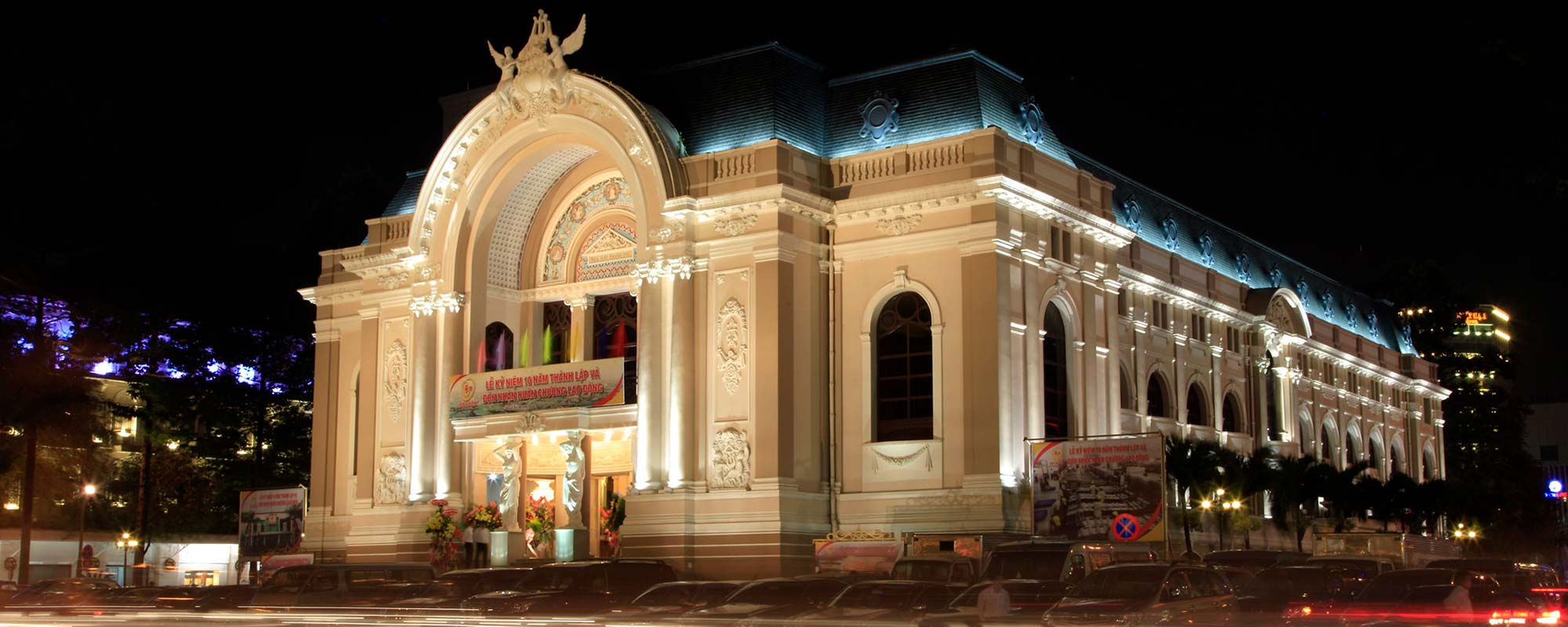 Southern Vietnam Itinerary offers a dynamic travel experience, blending nature, history, and urban culture. It’s where you can hop from skyscrapers to beautiful beaches, rice paddies, and quiet fishing villages. Historically, the region was part of the former Champa Kingdom before gradually being incorporated into Đại Việt during the southward expansion. Today, it encompasses major economic and cultural centers like Ho Chi Minh City, the Mekong Delta, and the southern coastal cities and islands.
Southern Vietnam Itinerary offers a dynamic travel experience, blending nature, history, and urban culture. It’s where you can hop from skyscrapers to beautiful beaches, rice paddies, and quiet fishing villages. Historically, the region was part of the former Champa Kingdom before gradually being incorporated into Đại Việt during the southward expansion. Today, it encompasses major economic and cultural centers like Ho Chi Minh City, the Mekong Delta, and the southern coastal cities and islands.
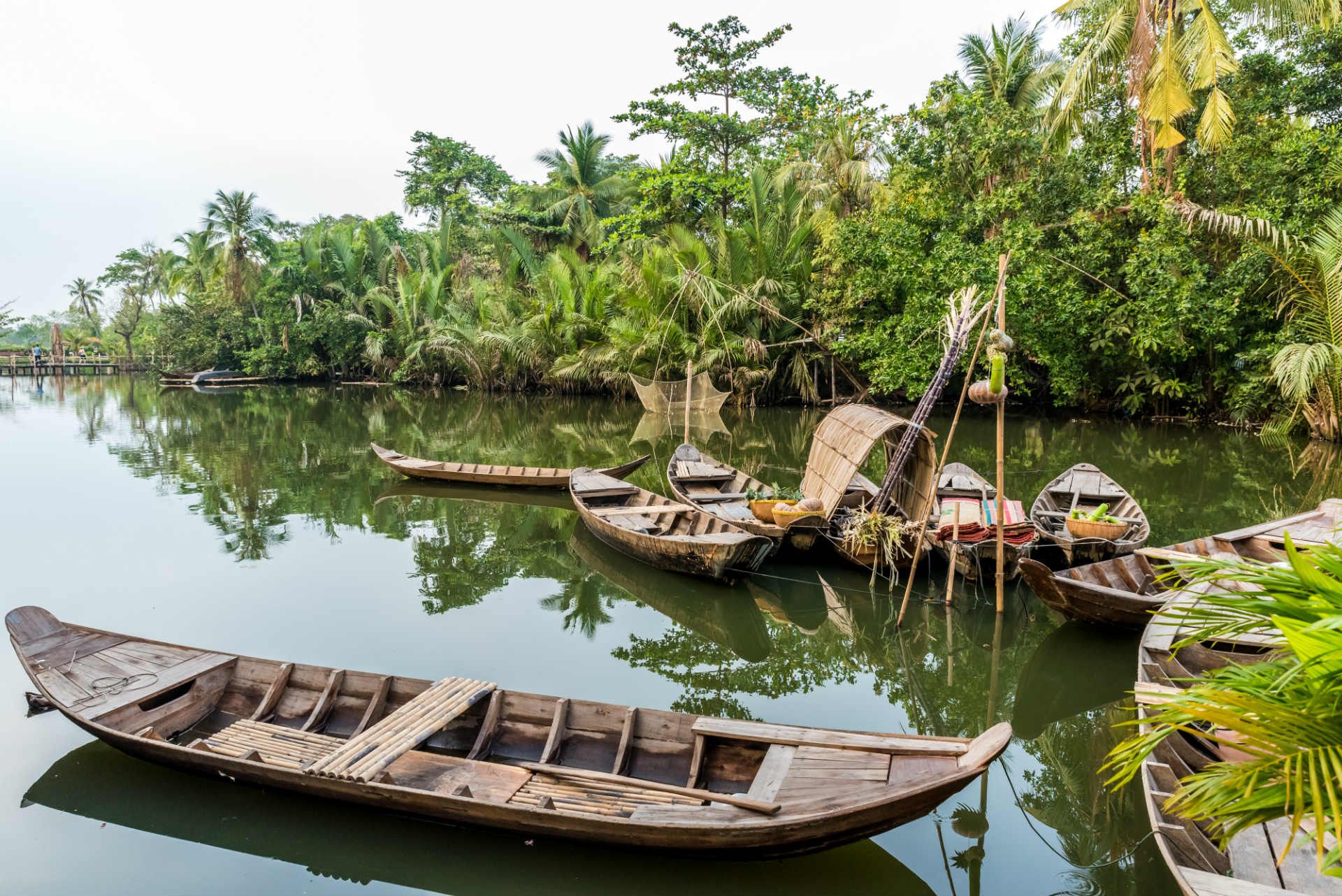 The coastline of Southern Vietnam is ideal for beach lovers, with pristine shores stretching from Da Nang to Nha Trang and Vung Tau. Inland, you’ll find pine-covered hills, flower gardens, and colonial villas in Da Lat, a city with a climate that feels worlds apart from the tropical heat. In the far south, the Mekong Delta offers a slow and immersive look into rural life with floating markets, riverside villages, and traditional crafts. Meanwhile, Ho Chi Minh City serves as a gateway to it all, with a chaotic charm that somehow brings everything together.
The coastline of Southern Vietnam is ideal for beach lovers, with pristine shores stretching from Da Nang to Nha Trang and Vung Tau. Inland, you’ll find pine-covered hills, flower gardens, and colonial villas in Da Lat, a city with a climate that feels worlds apart from the tropical heat. In the far south, the Mekong Delta offers a slow and immersive look into rural life with floating markets, riverside villages, and traditional crafts. Meanwhile, Ho Chi Minh City serves as a gateway to it all, with a chaotic charm that somehow brings everything together.
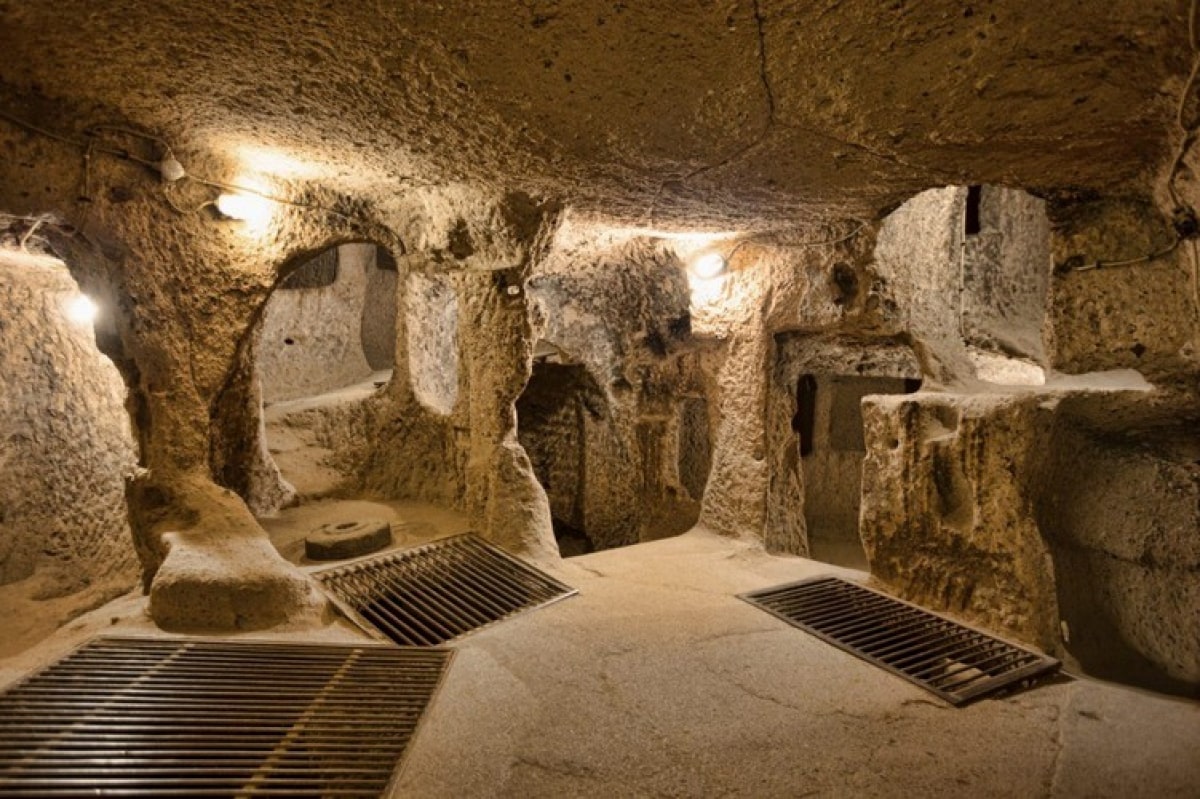 Southern Vietnam has a rich and layered history shaped by diverse civilizations and dramatic events. For centuries, it was part of the Kingdom of Champa before gradually coming under the influence of the Vietnamese from the north. In the 19th century, it became part of French Indochina, and the effect is still visible in cities like Ho Chi Minh City (formerly Saigon).
During the 20th century, Southern Vietnam was at the heart of the Vietnam War, serving as the capital of the U.S.-backed Republic of Vietnam until the fall of Saigon in 1975. Sites like the Cu Chi Tunnels and War Remnants Museum offer insight into the country’s past, while temples and pagodas reflect its spiritual life.
Southern Vietnam has a rich and layered history shaped by diverse civilizations and dramatic events. For centuries, it was part of the Kingdom of Champa before gradually coming under the influence of the Vietnamese from the north. In the 19th century, it became part of French Indochina, and the effect is still visible in cities like Ho Chi Minh City (formerly Saigon).
During the 20th century, Southern Vietnam was at the heart of the Vietnam War, serving as the capital of the U.S.-backed Republic of Vietnam until the fall of Saigon in 1975. Sites like the Cu Chi Tunnels and War Remnants Museum offer insight into the country’s past, while temples and pagodas reflect its spiritual life.
 The culture of Southern Vietnam is warm, open, and distinctly relaxed compared to other regions. Influenced by Khmer, Cham, Chinese, and French traditions, the south boasts a rich cultural diversity, especially in the Mekong Delta, where different ethnic communities live in harmony. Southern Vietnamese are known for their friendliness and laid-back approach to life, which is reflected in everything from their easygoing accent to their generous hospitality. Spirituality also plays an important role in a Southern Vietnam itinerary – temples, pagodas, and ancestor altars are commonly seen across the region.
The culture of Southern Vietnam is warm, open, and distinctly relaxed compared to other regions. Influenced by Khmer, Cham, Chinese, and French traditions, the south boasts a rich cultural diversity, especially in the Mekong Delta, where different ethnic communities live in harmony. Southern Vietnamese are known for their friendliness and laid-back approach to life, which is reflected in everything from their easygoing accent to their generous hospitality. Spirituality also plays an important role in a Southern Vietnam itinerary – temples, pagodas, and ancestor altars are commonly seen across the region.
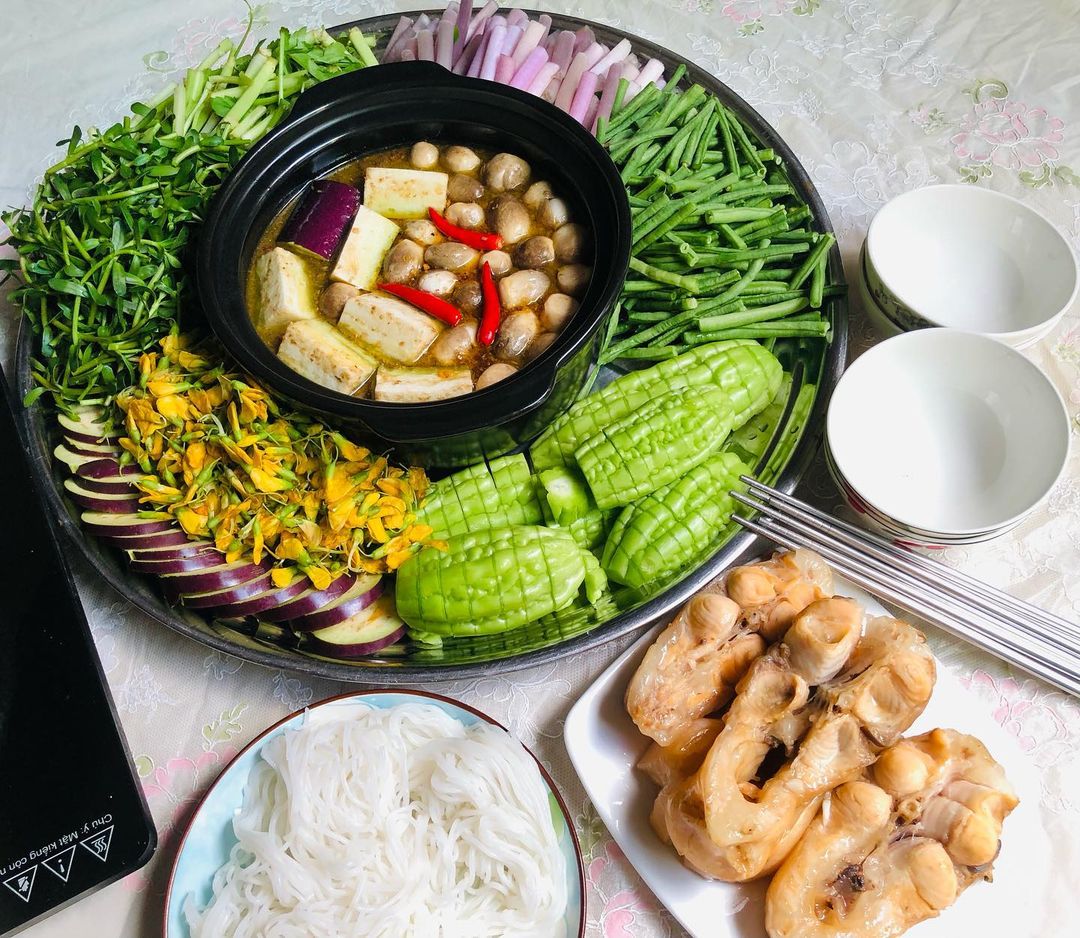 Southern Vietnamese cuisine is bold, sweet, and bursting with fresh herbs and tropical ingredients. Due to the region’s warm climate and fertile land, dishes often include coconuts, pineapples, seafood, and a vibrant mix of vegetables. Signature dishes include hu tieu (clear rice noodle soup), com tam (broken rice with grilled pork), and banh xeo (crispy rice pancakes filled with shrimp and bean sprouts). Street food stalls offer everything from grilled meats on skewers to freshly made sugarcane juice. In the Mekong Delta, you’ll also find specialties like elephant ear fish and caramelized clay-pot dishes flavored with coconut juice.
Southern Vietnamese cuisine is bold, sweet, and bursting with fresh herbs and tropical ingredients. Due to the region’s warm climate and fertile land, dishes often include coconuts, pineapples, seafood, and a vibrant mix of vegetables. Signature dishes include hu tieu (clear rice noodle soup), com tam (broken rice with grilled pork), and banh xeo (crispy rice pancakes filled with shrimp and bean sprouts). Street food stalls offer everything from grilled meats on skewers to freshly made sugarcane juice. In the Mekong Delta, you’ll also find specialties like elephant ear fish and caramelized clay-pot dishes flavored with coconut juice.
 Southern Vietnam is full of must-visit attractions that suit every traveler. In Ho Chi Minh City, iconic sites like the War Remnants Museum, Notre-Dame Cathedral Basilica, and the Cu Chi Tunnels provide a deep dive into Vietnam’s history. For a more authentic pace, the Mekong Delta offers boat rides through coconut-shaded canals, floating markets like Cai Rang, and peaceful countryside views. Further south, Phu Quoc Island promises palm-fringed beaches, snorkeling, and sunset seafood dinners.
Southern Vietnam is full of must-visit attractions that suit every traveler. In Ho Chi Minh City, iconic sites like the War Remnants Museum, Notre-Dame Cathedral Basilica, and the Cu Chi Tunnels provide a deep dive into Vietnam’s history. For a more authentic pace, the Mekong Delta offers boat rides through coconut-shaded canals, floating markets like Cai Rang, and peaceful countryside views. Further south, Phu Quoc Island promises palm-fringed beaches, snorkeling, and sunset seafood dinners.
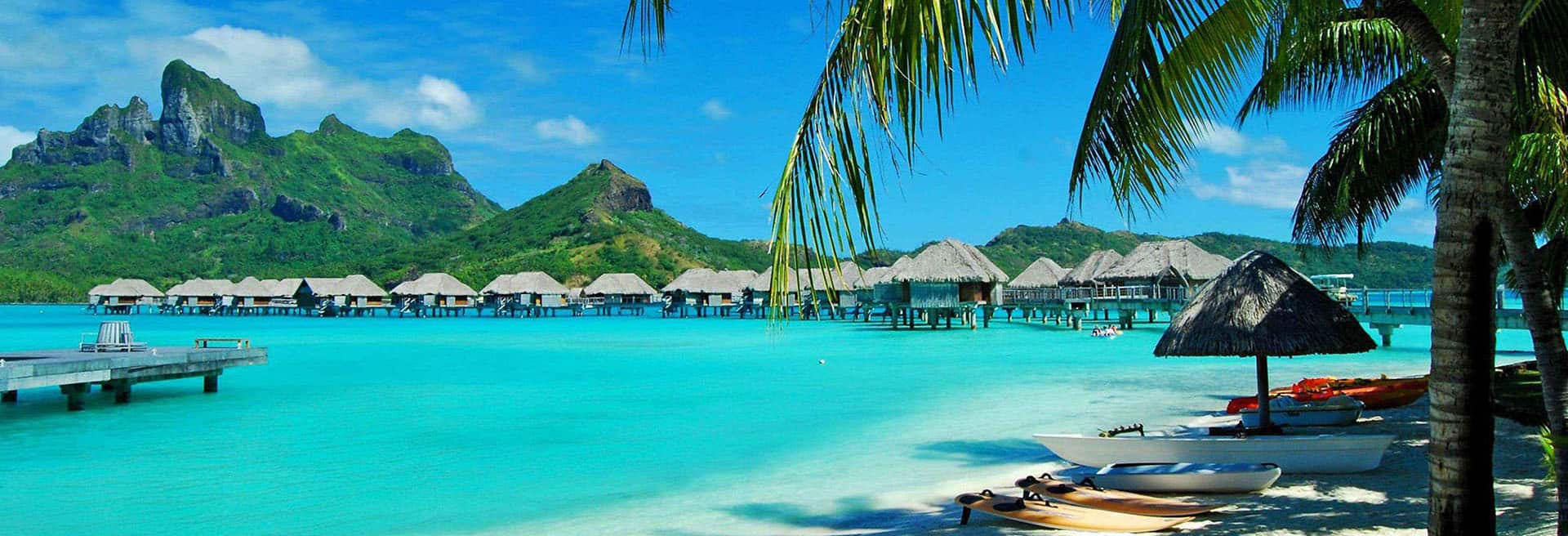 Day 1: Arrival in Da Nang
Day 1: Arrival in Da Nang
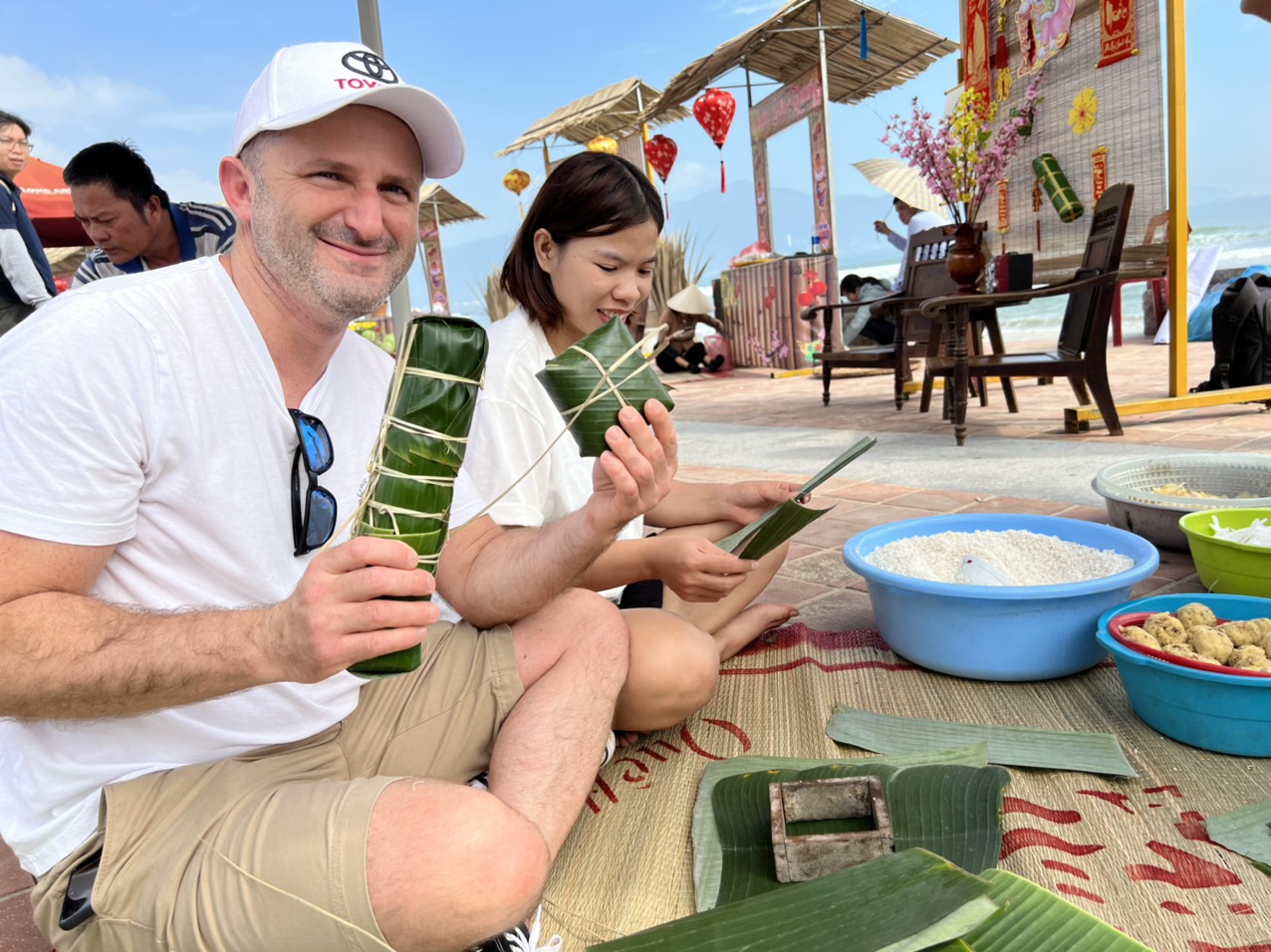
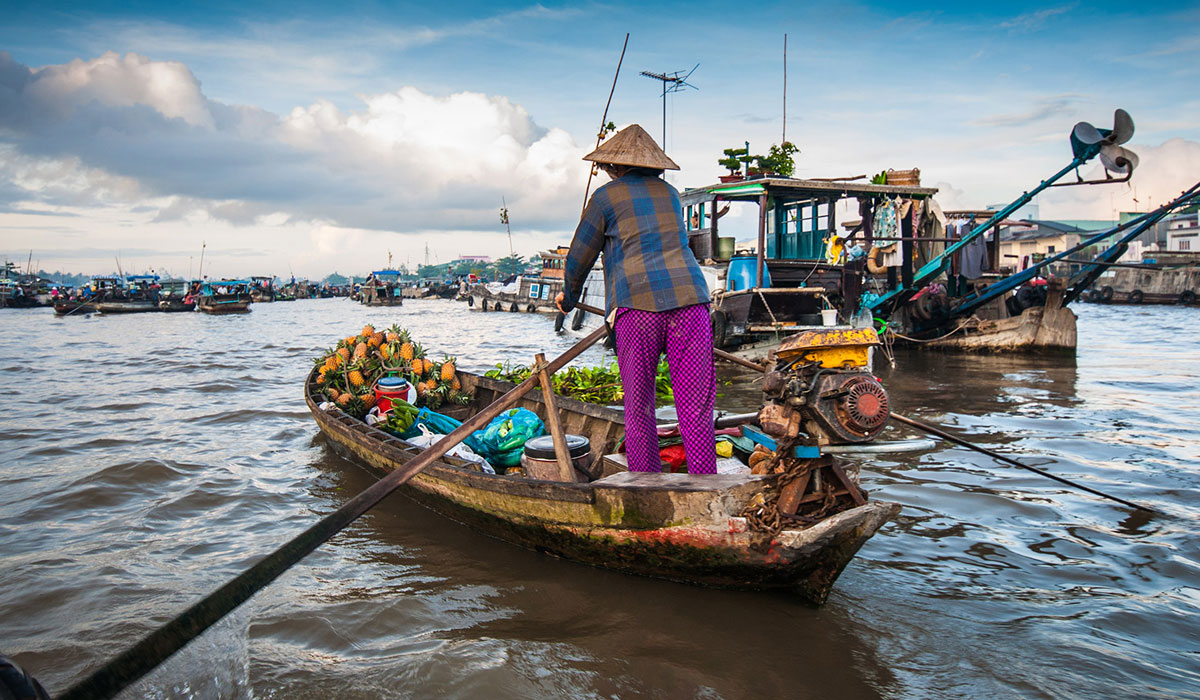 The best time to visit Southern Vietnam is from December to April, when the weather is dry and warm, especially perfect for outdoor adventures like hiking in Da Lat or boating in the Mekong Delta. If you cannot plan your trip during the dry season, the rainy season of central and southern Vietnam runs from May to November, but the rains are usually short and shouldn’t drastically affect your trip.
The best time to visit Southern Vietnam is from December to April, when the weather is dry and warm, especially perfect for outdoor adventures like hiking in Da Lat or boating in the Mekong Delta. If you cannot plan your trip during the dry season, the rainy season of central and southern Vietnam runs from May to November, but the rains are usually short and shouldn’t drastically affect your trip.
 To make your trip more meaningful, consider traveling with YESD Vietnam, a social enterprise that promotes responsible tourism and supports local communities. We offer ethical tours, homestays, and cultural experiences that allow you to give back to the local communities while exploring authentically. By choosing local guides and businesses, you’ll directly contribute to sustainable tourism in Vietnam and help preserve the country’s heritage.
To make your trip more meaningful, consider traveling with YESD Vietnam, a social enterprise that promotes responsible tourism and supports local communities. We offer ethical tours, homestays, and cultural experiences that allow you to give back to the local communities while exploring authentically. By choosing local guides and businesses, you’ll directly contribute to sustainable tourism in Vietnam and help preserve the country’s heritage.
